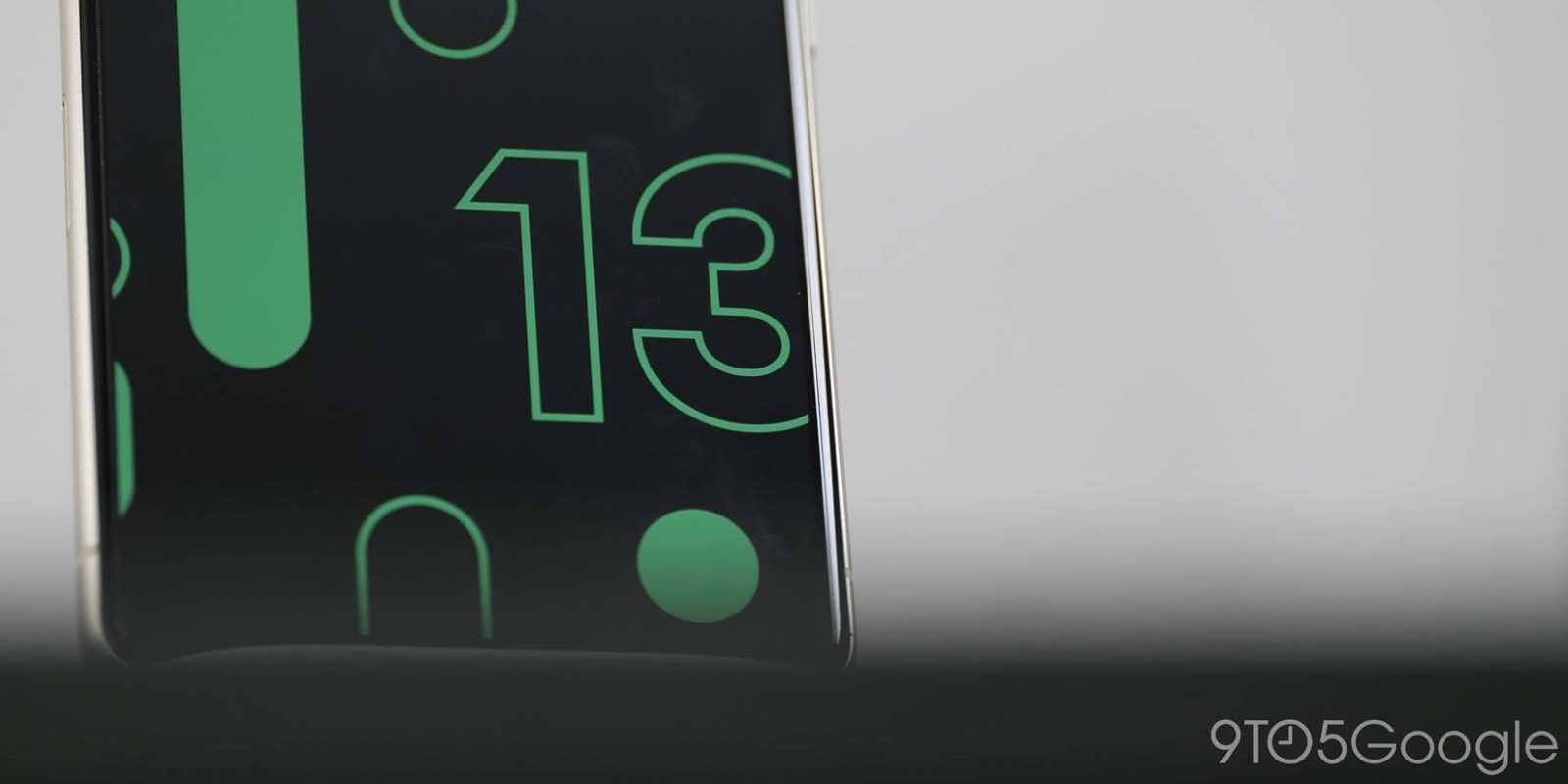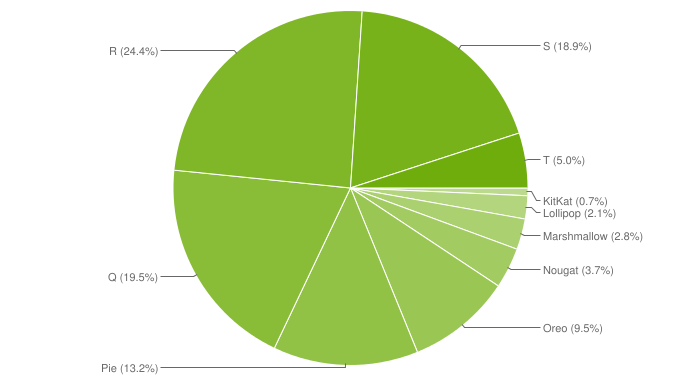
Google’s latest Android distribution stats reveal that Android 13 has more than doubled in market share since January, among other tidbits.
Once upon a time, Google offered monthly updates to a webpage that informed developers of the percentages of Android devices running particular versions of the OS. This information is useful when deciding the minimum supported Android version for an app, as the developer would know what percentage of potential users they’re leaving behind.
Of course, the same stats are helpful in learning how many active Android devices are running the latest versions. However, given the wide field of Android devices that aren’t phones/tablets – digital signs, for example – and the slow speed at which some companies release updates, this statistic can often look dismal by comparison to Apple’s update statistics. That being the case, Google has moved the information to only be accessible within Android Studio and begun updating it far less frequently – quarterly instead of monthly.
In January, Android 13 was added to the chart for the first time, revealing that the update had been rolled out to over 5% of devices globally since its launch last August.
Google has now updated the chart once again, and it seems Android 13 has seen a major uptick in adoption. According to Google’s latest data – which should begin to appear in Android Studio in the coming days – over 12% of Android phones and tablets are now running Android 13.


By comparison, the first time that Android 12 officially showed up in the distribution chart, nearly a year after its release, that update had only seen 13.3% adoption. Android 13 seems set to significantly outpace its predecessor, but we’ll need to see the next distribution update to know for sure.
No doubt the recent rapid adoption of Android 13 is due to Samsung, with its massive market share, releasing timely updates to its devices, including flagships, tablets, and affordable phones. Of course, there’s also Google’s line of Pixel phones with models as far back as the Pixel 4 getting Android 13. OnePlus, Oppo, and Realme devices have also been quick to adopt the update.
As you’d expect, all prior versions of Android have shrunk in market share. Surprisingly, though, 2020’s Android 11 release still maintains a steady lead, weighing in at 23.5% of the total – well ahead of Android 12 and 12L at a combined 16.5% share.
Dylan Roussel contributed to this article.
FTC: We use income earning auto affiliate links. More.





Comments